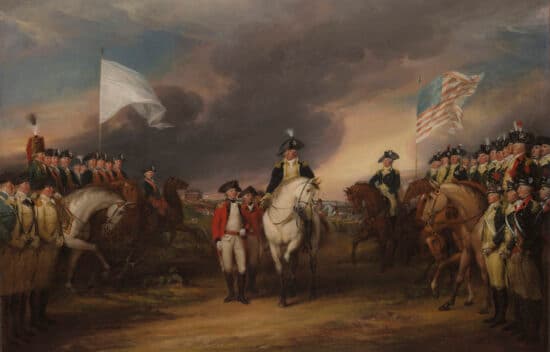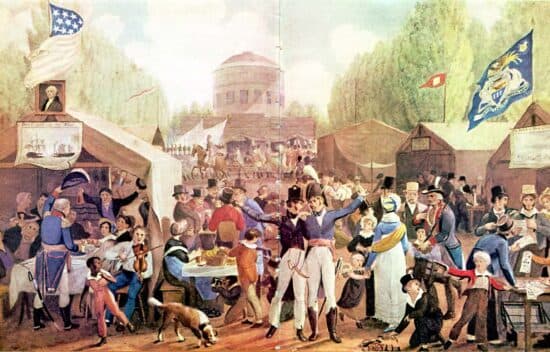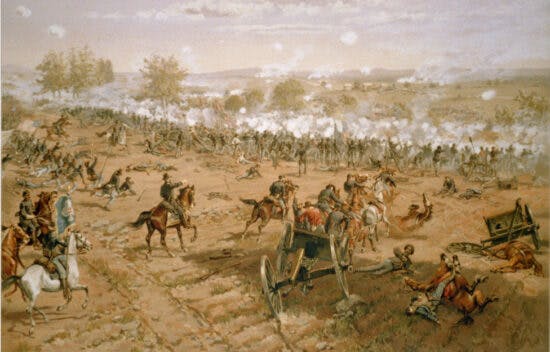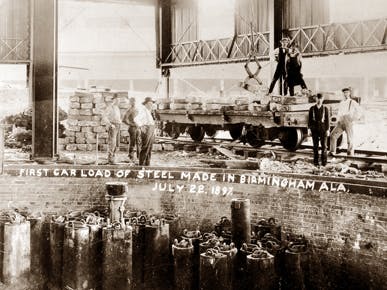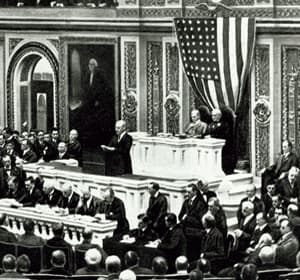



Lessons – Life, Liberty, and the Pursuit of Happiness

Lesson
2 Activities
55 Min

Lesson
2 Activities
55 Min

Lesson
1 Activities
75 Min

Lesson
7 Activities
95 Min
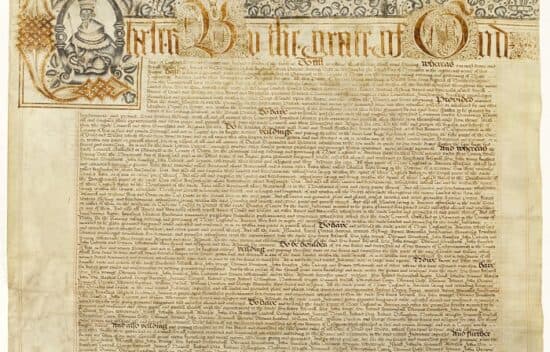
Lesson
3 Activities
90 Min
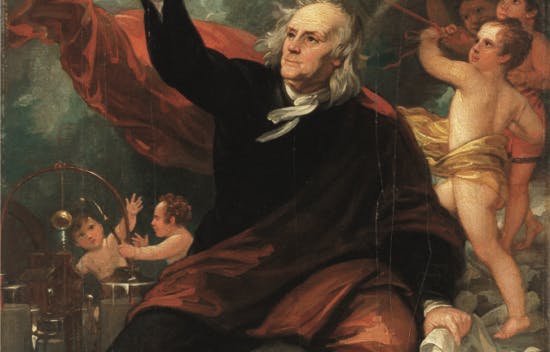
Lesson
1 Activities
55 Min
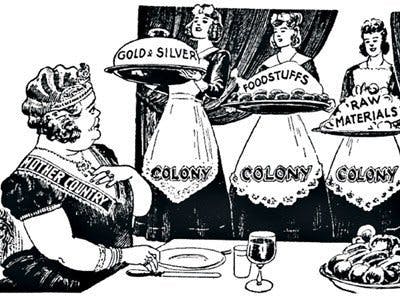
Lesson
3 Activities
45 Min
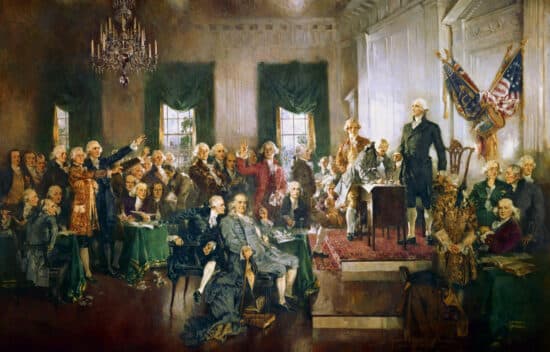
Lesson
4 Activities
80 Min
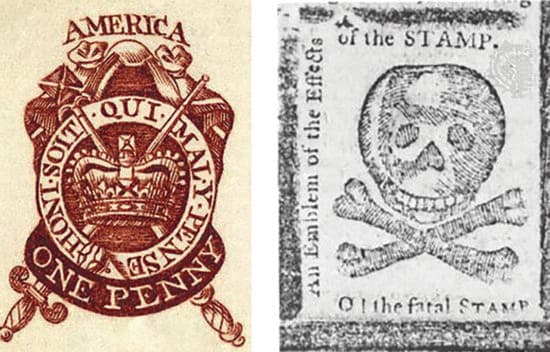
Lesson
3 Activities
85 Min

Lesson
1 Activities
85 Min
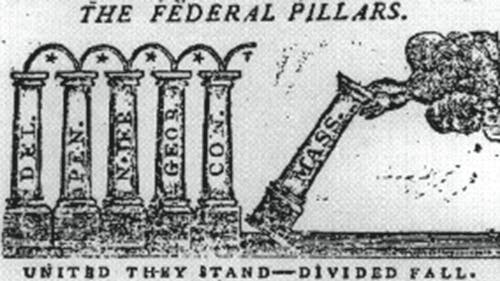
Lesson
9 Activities
90 Min
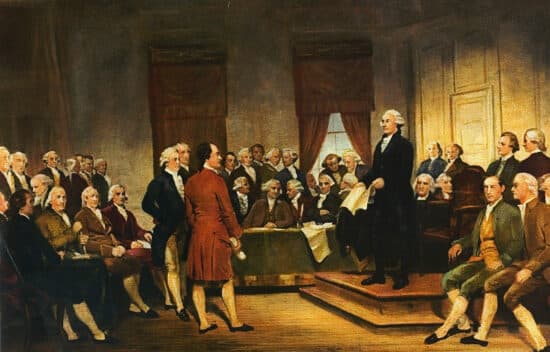
Lesson
1 Activities
90 Min
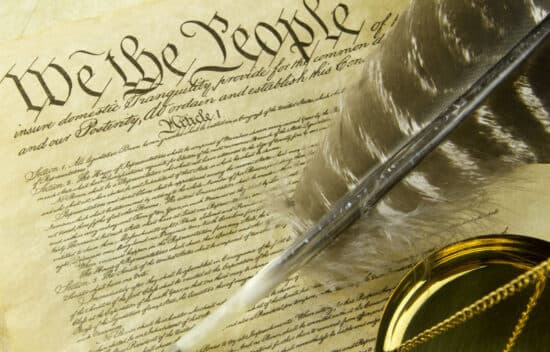
Lesson
3 Activities
90 Min

Lesson
1 Activities
65 Min
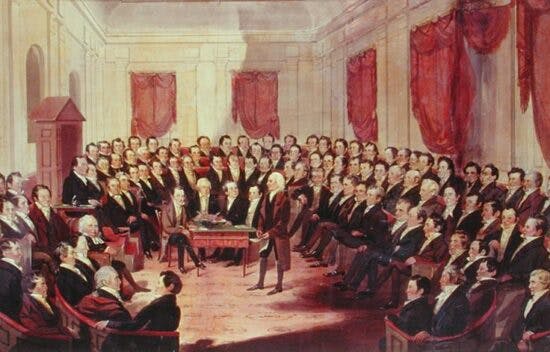
Lesson
5 Activities
70 Min

Lesson
1 Activities
80 Min

Lesson
1 Activities
90 Min
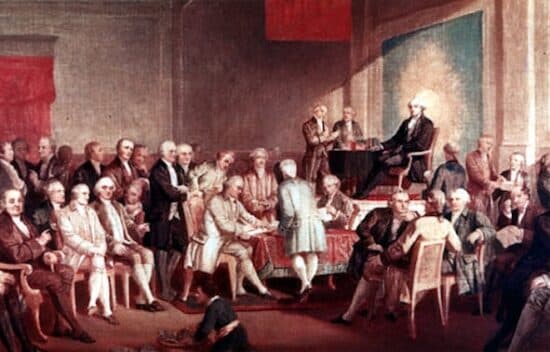
Lesson
1 Activities
95 Min

Lesson
3 Activities
65 Min

Lesson
1 Activities
80 Min
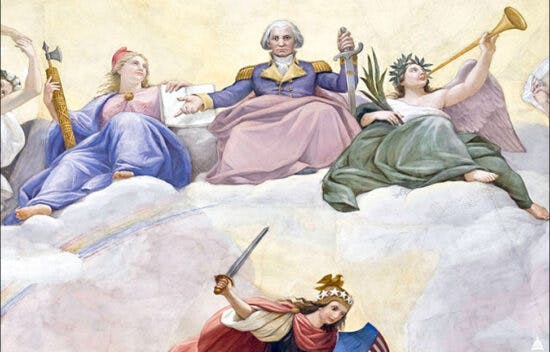
Lesson
2 Activities
65 Min

Lesson
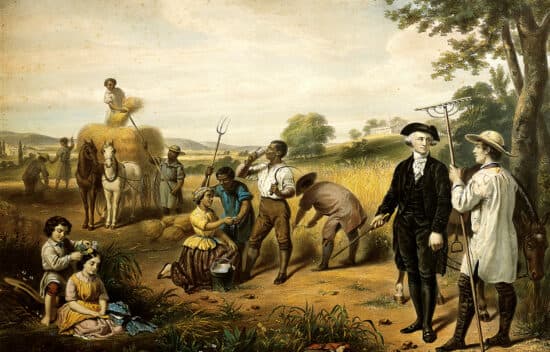
Lesson
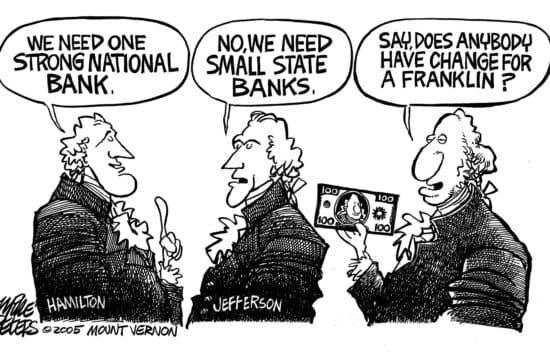
Lesson

Lesson

Lesson
1 Activities
80 Min
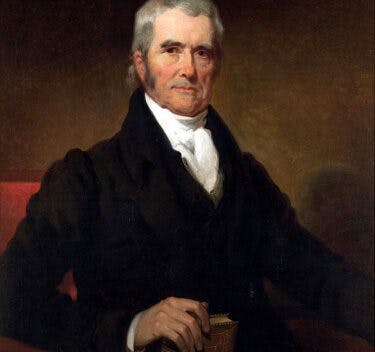
Lesson
1 Activities
70 Min

Lesson
1 Activities

Lesson
1 Activities
95 Min

Lesson

Lesson
55 Min
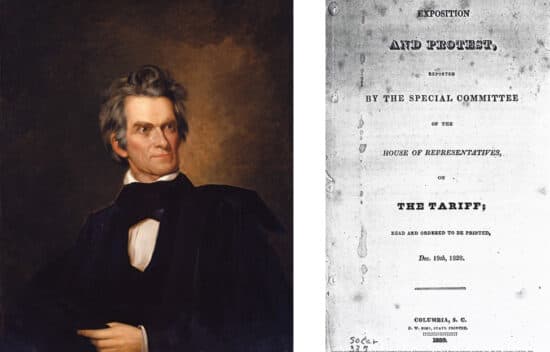
Lesson
115 Min

Lesson
1 Activities
50 Min
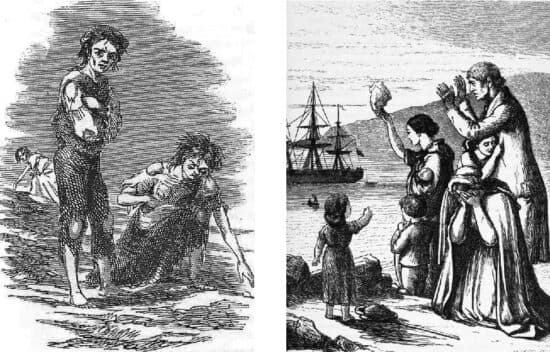
Lesson
1 Activities
90 Min

Lesson
3 Activities

Lesson
90 Min
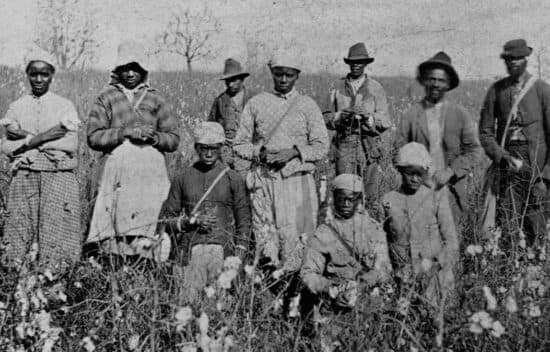
Lesson
1 Activities
90 Min
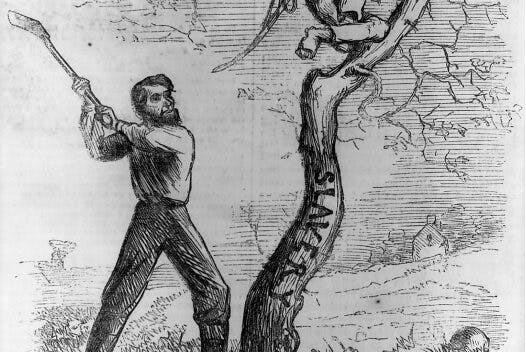
Lesson
1 Activities
85 Min
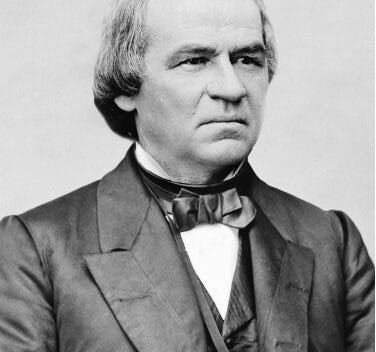
Lesson
2 Activities
75 Min
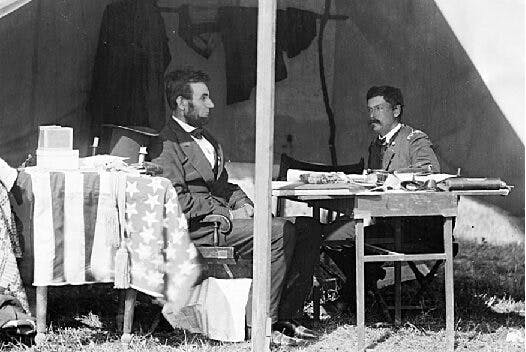
Lesson
80 Min

Lesson
1 Activities
100 Min
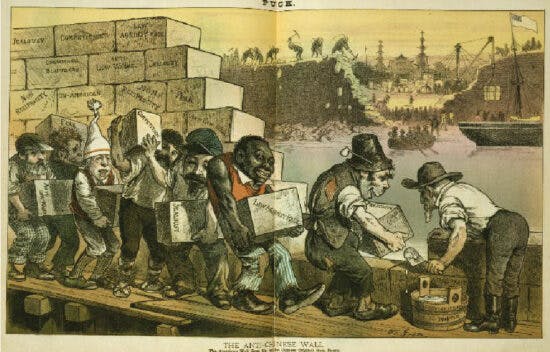
Lesson
4 Activities
85 Min

Lesson
2 Activities
65 Min
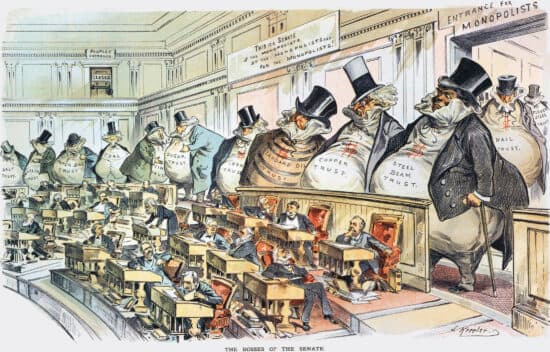
Lesson
3 Activities
75 Min
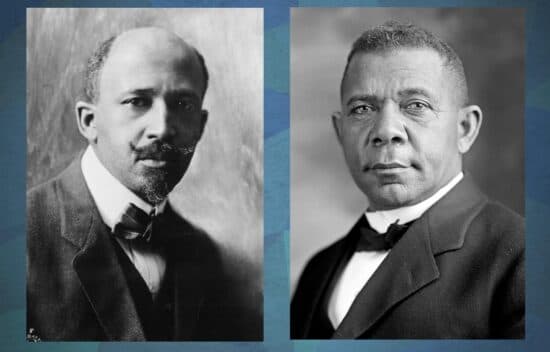
Lesson
2 Activities
65 Min
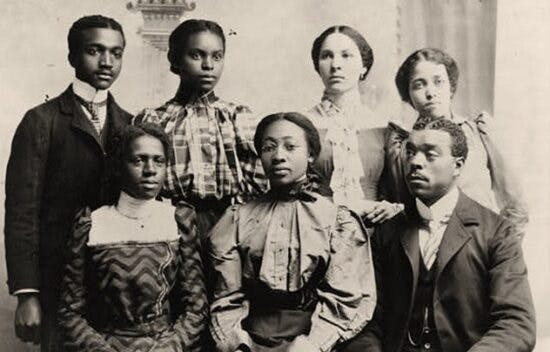
Lesson
1 Activities
80 Min

Lesson
2 Activities
75 Min
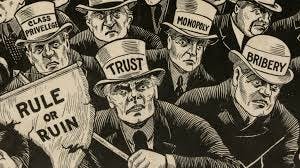
Lesson
1 Activities
80 Min

Lesson
2 Activities
80 Min

Lesson
1 Activities
90 Min
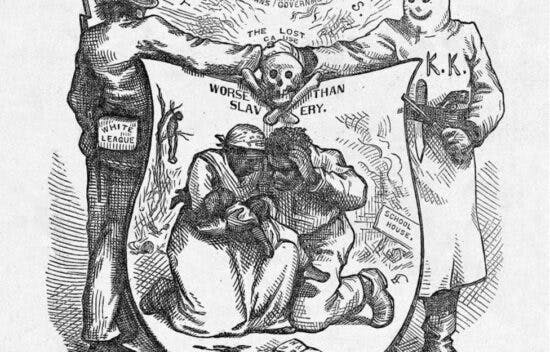
Lesson
85 Min
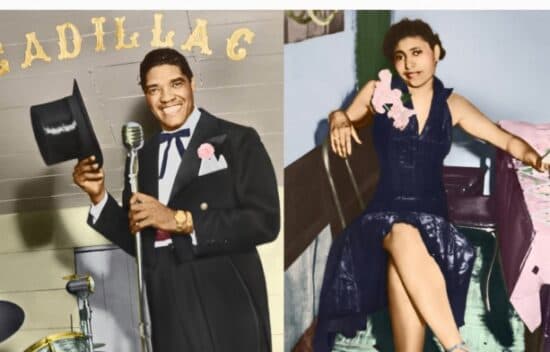
Lesson

Lesson
1 Activities
65 Min
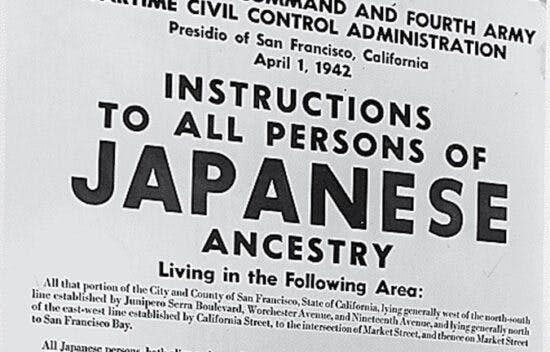
Lesson
2 Activities
80 Min
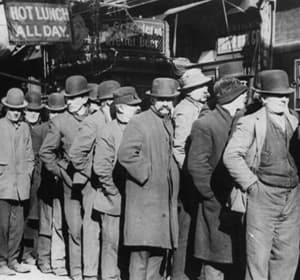
Lesson
2 Activities
60 Min
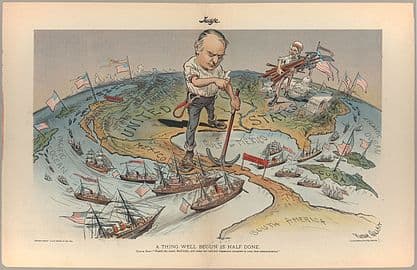
Lesson
4 Activities
70 Min

Lesson
2 Activities
70 Min

Lesson
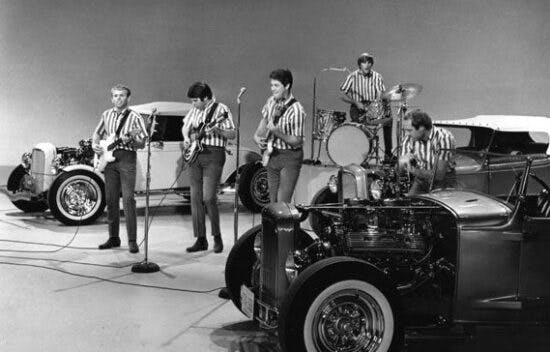
Lesson

Lesson
1 Activities
90 Min
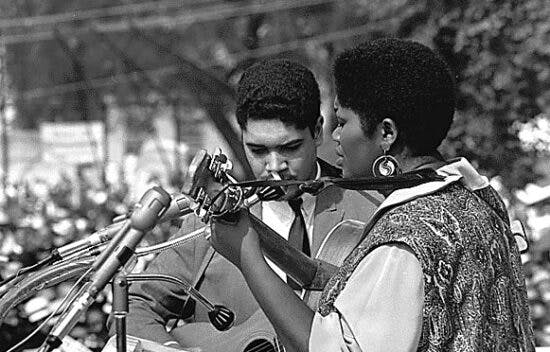
Lesson

Lesson

Lesson
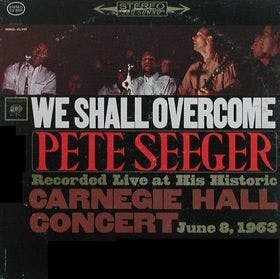
Lesson

Lesson
3 Activities
95 Min
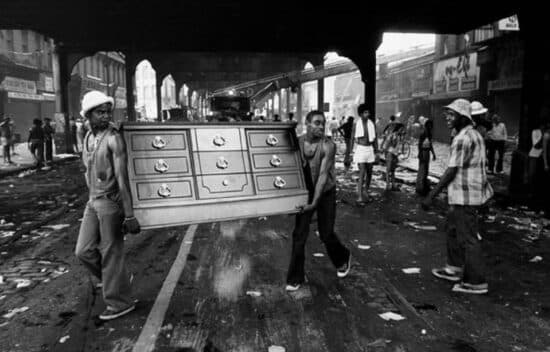
Lesson
1 Activities
80 Min
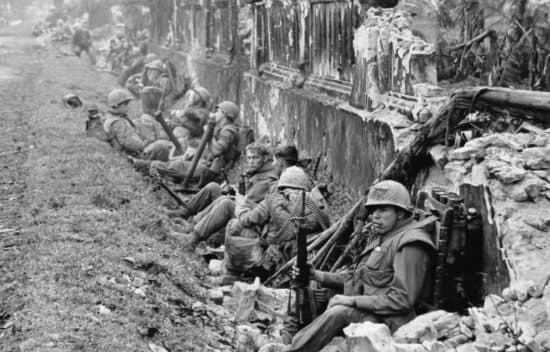
Lesson
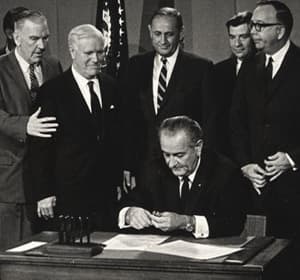
Lesson
4 Activities
65 Min
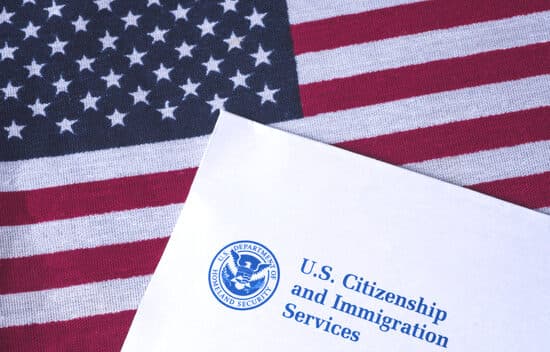
Lesson
2 Activities
90 Min
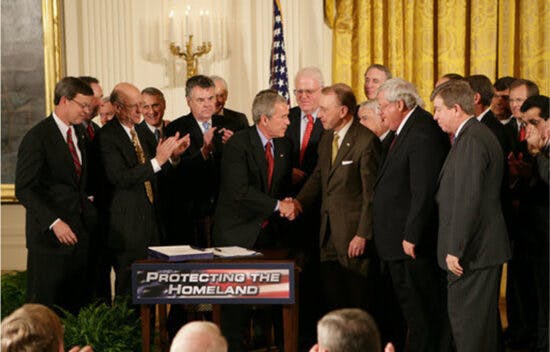
Lesson
3 Activities
90 Min

Lesson

Lesson

Lesson
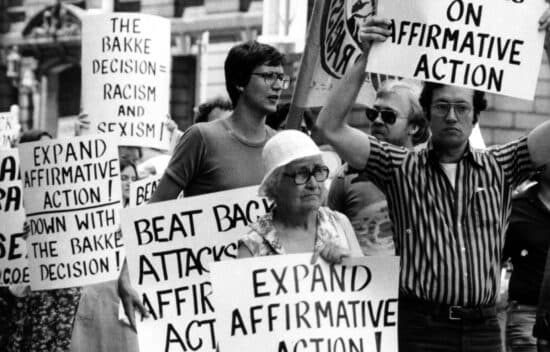
Lesson
65 Min

